
By clicking "Start Submission", you agree to be contacted by the host regarding this opportunity.
About
We are honored to announce the 79th annual Pictures of the Year International competition.
Cliff Edom founded POY in 1944 at the Missouri School of Journalism in Columbia, Missouri, to honor photojournalists working stateside during World War II. Since then it has grown to one of the largest, most prestigious photojournalism competitions in the world. At its heart, POY is an educational program that connects students to the profession and teaches the value of photojournalism to the public through open competitions, exhibitions and events.
We are hosting virtual, remote judging for this year’s competition. The judges will each make their pre-selections on their own. We will then meet virtually for the final rounds of voting and discussion, which will be broadcast live.
We understand that virtual judging is significantly different from our tradition of meeting in-person and livestreaming the competition. We remain committed to the maintaining the integrity of POY and recognizing the incredible dedication of photojournalists this past year. Each judge will review their assigned categories in their entirety. There are no pre-screening panels. "Show truth with a camera," remains the guiding principle as articulated by POY founder Cliff Edom.
What winners receive
$1,000 cash & Tiffany crystal trophy:
Photographer of the Year, International
Photographer of the Year, Local
World Understanding Award
Community Awareness Award
Environmental Vision Award
Tiffany crystal trophy:
Sports Photographer of the Year
Documentary Storyteller of the Year
Online Storytelling Project of the Year
Visual Editor of the Year
Angus McDougall Excellence in Editing Award:
Winner receives a sterling silver trophy for one year and tuition to the Missouri Photo Workshop
Individual category winners:
1st - Engraved plaque
Finalist & Award of Excellence - Certificate
Instead of awarding 2nd or 3rd place, we are recognizing finalists in addition to 1st place and award of excellence.
How to enter
- Pay the entry fee of US$50 at https://poy.org.
- Receive a reference code in your receipt.
- Enter the code at Picter and enter POY.
15 Submissions Allowed per Person
- A maximum of 15 submissions can be entered in any combination of categories. Most categories allow up to 5 submissions.
- The single-image sports categories accept up to 15 submissions.
- A single submission is one entry, a project or portfolio. It is defined as:
- One picture in a single-picture category.
- One picture story (5-10 photographs, or 5-20 photographs for category 4).
- One project (12-40 photographs) in the premiere categories.
- One portfolio in the Angus McDougal Excellence in Editing, Documentary Storyteller, Photographer or Visual Editor of the Year categories.
File specifications
File naming
- Your files are automatically renamed when you submit. It is not necessary to rename your files.
Entry specifications
File type: .JPG
Image Size: 3,000 pixels minimum on the longer side.
- Resolution: 300 dpi, minimum.
Print editing entries
WE ARE UNABLE TO ACCEPT PDF FILES. PLEASE CONVERT TO JPG FILES
- Please submit each page as a separate .jpg file. A double truck (two facing pages) should be submitted as a single .jpg file.
Picture story sequence
The order or sequence of images you create will be preserved. You may change the sequence after you upload the images. POY will not change the order of the pictures once you submit the entry.
- For the portfolio categories #27, #28 and #29, create a title slide (white text, black background). Put the title and story summary in the IPTC title and caption fields. Place the slide at the beginning of each story.
Video and URL entries
Submit a thumbnail image and a single URL via an active link.
Do not upload video files.
- Include required usernames and passwords.
POY Entry Standards and Ethics
Photographs entered must have been taken or published for the first time between Jan. 1, and Dec. 31, 2021.
First-time publication is defined as being published by a media organization in print or online. Personal web sites or social media accounts do not qualify.
Documentary entries should be true representations of a news scene or candid moment. Photographs cannot be posed, set up or staged. Portraits may be posed.
POY follows the National Press Photographers Association Code of Ethics. All captions and story summaries should meet journalistic standards for accuracy and publication requirements. Link to code of ethics: https://nppa.org/code-ethics
ENTRY TIP! Heavily edited images turn off judges. Color images should replicate what the human eye experiences. Flagrant pre- or post-production effects that use excessive tonal aberrations, textures, vignettes, color saturation or other manipulations may be disqualified.
The content of the submitted work must not be digitally manipulated or altered through post-production processing. Routine post-production processing of images for exposure correction, white balance and color toning is acceptable. Adding, altering, or removing elements is not permitted. Excessive saturation or desaturation is also not allowed.
POY accepts two photographic modes: color and black & white. Black & white images should be bi-tonal and display a full grayscale range of 256 intensities from black to white. Black & white image files that artificially impose a color shift, such as sepia or cyan tones, may be disqualified.
Photos from smartphone cameras are eligible. However, the use of software capture filters that apply excessive tonal aberrations, textures, vignettes, or other artistic manipulations will be disqualified.
Diptychs and triptychs are not eligible. Digitally manufactured photo illustrations, double exposures, in-camera multiple exposures, added masks, borders, backgrounds, text, handwritten notes, or other artistic effects are all prohibited.
Film edges are allowed if the original photograph was shot on film (negative or transparency) or Polaroid and the border is the true nature of the medium.
POY staff reviews every entry in advance of judging. We will contact photographers whose images seem to conflict with these standards and provide them with the opportunity to resubmit the photograph before judging begins. Once judging begins, judges have the discretion to disqualify entries that they think over manipulate the image.
ENTRY TIP! Judges often review the category rules when looking at images. Consider your category decisions carefully. Judges cannot move entries.
Images submitted into single-photo categories cannot be copies, scans, or a photograph of other photographs or documents. A photograph of a photograph can serve as a detail image in a larger picture story or project, but they may not comprise a majority of the story.
All photographs entered in the still photography categories must be taken by a single photographer.
POY will request the original RAW or JPG image files from a random selection of photographs voted to final places by the jury, plus any images that the jury members or POY staff request. POY will examine and verify each of these selected files for authenticity. Any photographs that do not meet these standards will be disqualified.
Image Captions, Dates and Information
Captions can be critical during judging --- write and enter your image captions carefully. Do not include your name in the caption.
IPTC data may be embedded into images using Photoshop, Photo Mechanic, Aperture, Lightroom, Adobe Bridge and other image editing solutions. Please verify that capture dates are correct so you remain eligible. Once you have uploaded your files, any IPTC data will be automatically extracted and displayed.
ENTRY TIP! Captions are read in the final rounds of each category. Well-written captions with relevant details strengthen your entry and stand apart from entries with weak captions.
Each photograph must include a caption embedded in the .jpg file's IPTC metadata description field that meets journalistic standards for accuracy and ready-for-publication requirements.
Each caption should include a date, or an approximation of the date. For example, "The photo was taken on Feb. 4, 2021," or "The photo was taken in February 2021."
Captions that are inaccurate or falsely represent the picture content may be disqualified.
Single Image & Picture Story Submissions
ENTRY TIP! Picture Story entries should have a clearly defined structure with each image contributing unique information. In the final rounds, the judges often focus on the quality of the edit. Eliminate weak and redundant images.
A single photograph may be submitted only once among the single-picture categories.
A single photograph may be entered as a single photograph and included as part of one picture story.
A picture story consists of 5--10 photos and counts as one entry. Do not re-edit photos from the same story and then submit it as a different story.
The following IPTC fields are required:
DOCUMENT TITLE is the image title
AUTHOR is the photographer's name
DESCRIPTION is the caption
CAPTURE DATE verify that this field is correct.If any images are outside eligible entry dates your entry may be rejected. IMPORTANT: If your IPTC date is incorrect, you are able to edit the date during entry.
- LOCATION INFORMATION include city (or nearest city), state/province, country
Timeline
Requirements
Profile
- done
Address
- done
Biography with up to 1500 characters
- done
First name
- done
Last name
- done
Nationality
- done
Country of residence
- done
Phone
- done
Phone
Upload
- done
1 to 5 files per submission
- done
Allowed file types: JPG
- done
At least 3000px on the long edge
Descriptions
- done
Image title
- done
Image date (year)
- done
Image date (year, month)
- done
Image description
- done
Image date
- done
Year of publication
Gallery
Select winners from last year

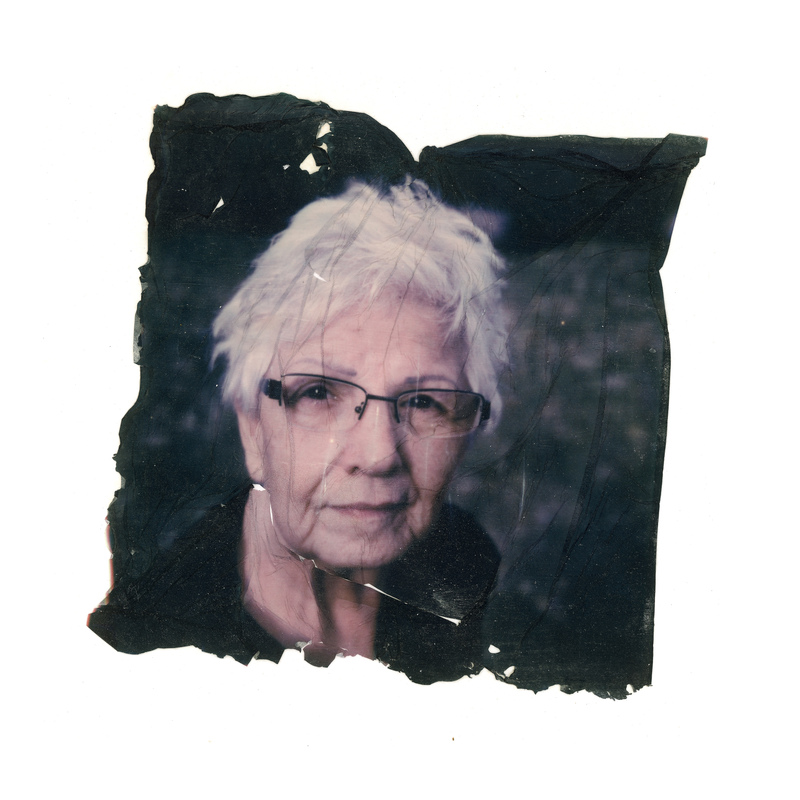



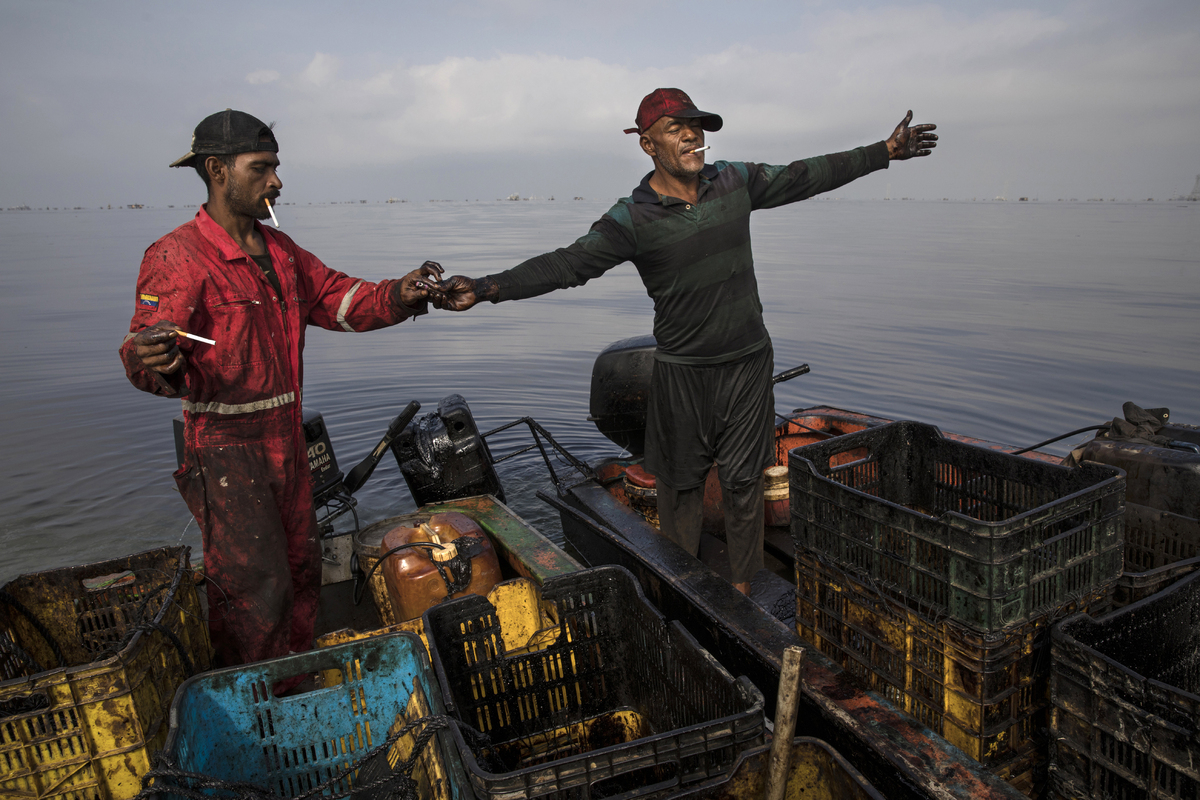
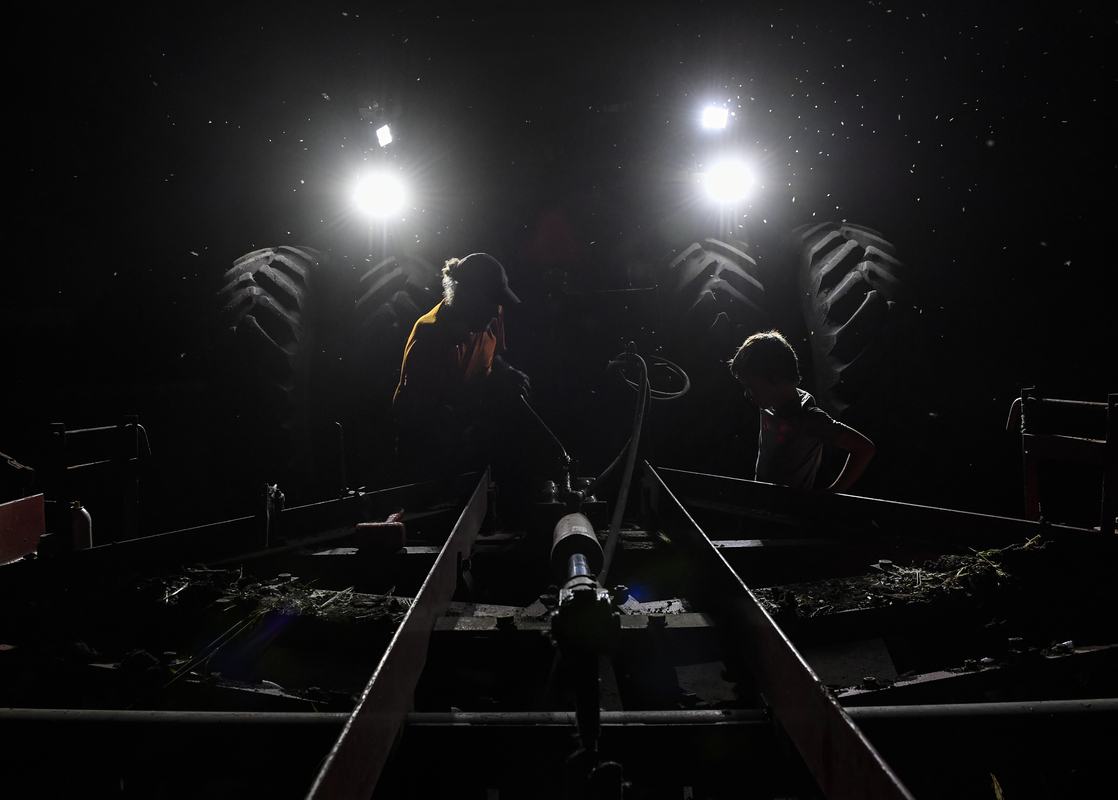
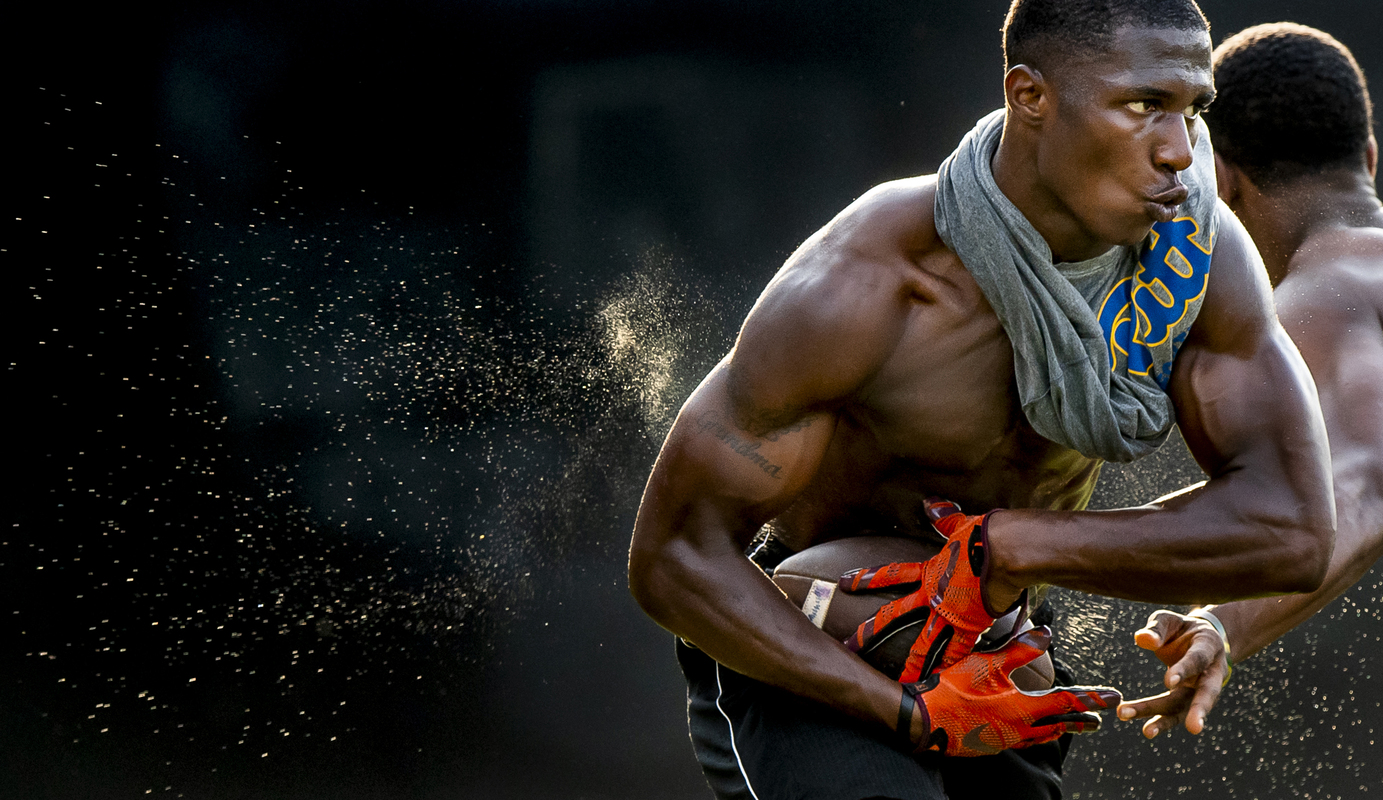

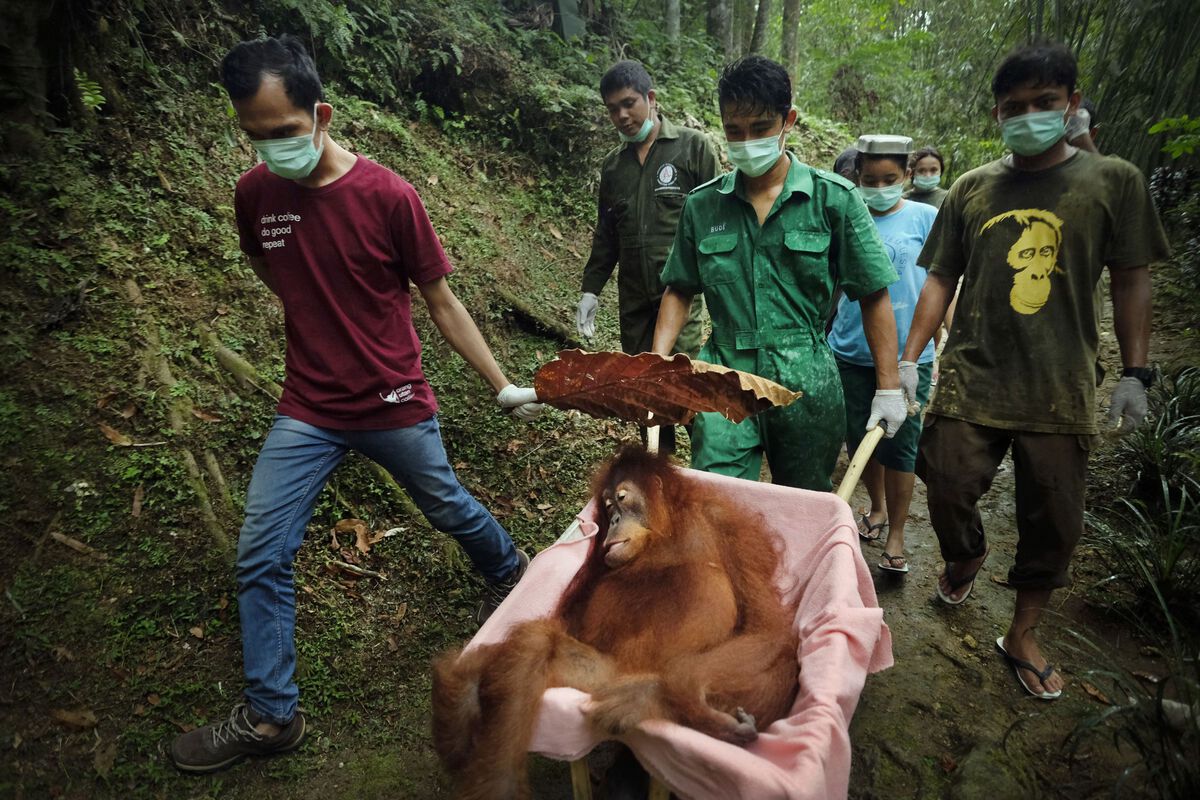
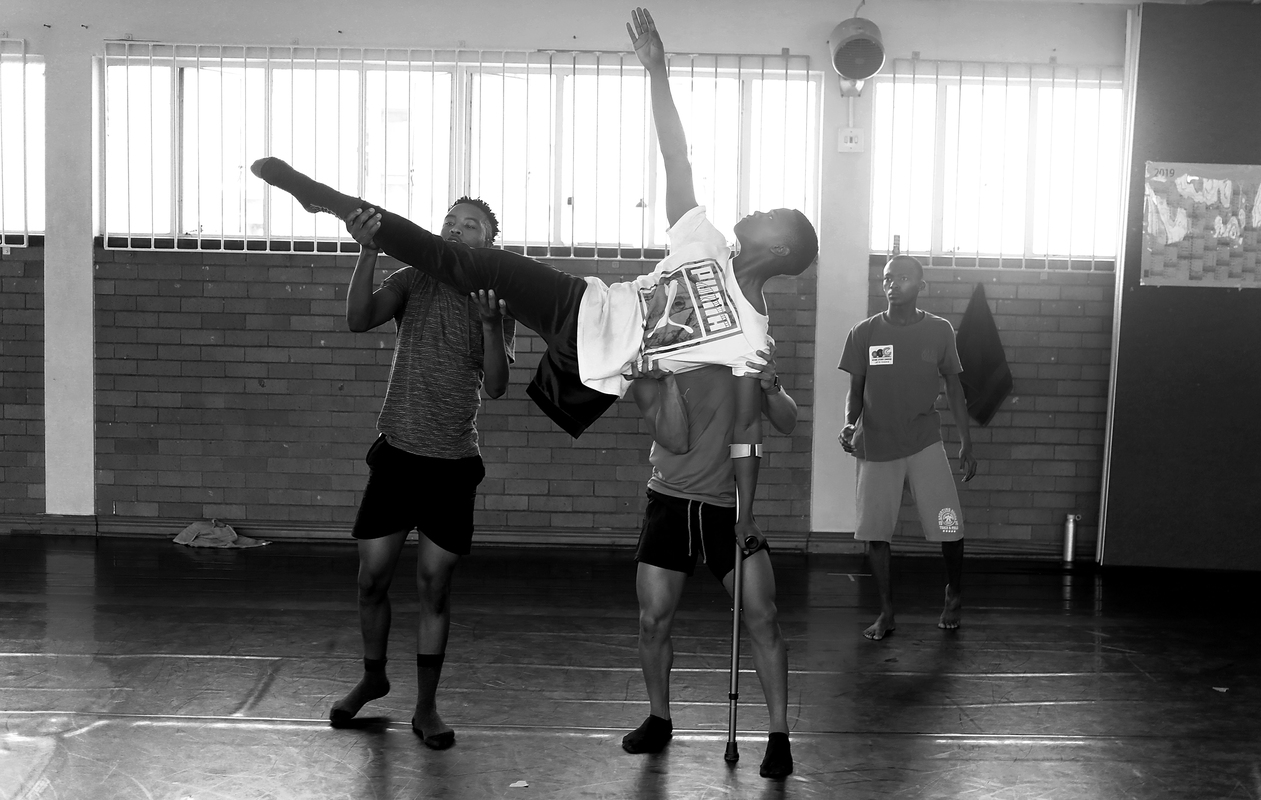

Categories
1 - Science & Natural History
A single photograph that increases the understanding and appreciation of science or the natural world. Studio scenes that are arranged by the photographer are not eligible.
2 - Science & Natural History Picture Story
A narrative picture story, essay, sequence, or series that increases understanding and appreciation for science or the natural world. Studio scenes that are arranged by the photographer are not eligible. 10 photographs maximum per entry.
3 - General News
Single photographs from a news event or social issue for which planning was possible.
4 - Impact 2021: Covid-19 Year 2
A documentary, narrative picture story based on coverage related to the coronavirus. Story may include images from 2020 and 2021. Images from 2020 are limited to 40% of the story (8 out of 20 images). A maximum of 20 photographs per story.
5 - Spot News
Single photographs of breaking news or events in which no planning was possible.
6 - Daily Life
Single photographs, candid and un-posed, that reflect the human experience, celebrate life, or chronicle a cultural trend. Respect for the dignity of the subject is important.
7 - Portrait
A single photograph that reflects a strong sense of a person's identity or narrative. Respect for the dignity of the subject is important.
8 - Portrait Series
A series of photographs that reflects a strong sense of identity or narrative. 10 photographs maximum per entry.
9 – National/International News Picture Story
A narrative picture story based on daily coverage of general or breaking news that is of primary interest to an entire nation or the world. It is usually created with the intent to share nationally or internationally. 10 photographs maximum per story.
10 - Issue Reporting Picture Story
A narrative picture story that explores an important social, economic, or political issue. 10 photographs maximum per story.
11 - Daily Life Picture Story
A narrative picture story that reflects the everyday human experience, celebrates life, or chronicles a cultural trend. Respect for the dignity of the subject is important. 10 photographs maximum per story.
12 - Local News Picture Story
A narrative picture story based on daily coverage of general or breaking news that is of primary interest to the local audience from a media organization or the photographer's primary geographic market. In other words, a hometown story. 10 photographs maximum per story.
13 - Sports Action
A single photograph that captures peak action of an individual or team sport. Jubilation, dejection, or reaction images should be entered in the Sports Life and Recreational Sports category. Photographs must be taken during 2021.
14 - Sports Life and Recreational Sports
A single photograph that celebrates the role sports play in the community. Image may show the emotional highlights of players on the field or the reactions of fans. The sport may be a professional, amateur or intramural competition. Photographs must be taken during 2021.
15 - Sports Picture Story
A narrative picture story that increases the understanding of the role that athletics play in the lives of athletes and their community. The story may focus on sports as a catalyst of change in gender, race, politics, and cultural issues. It may feature professional or amateur athletes, fans, families, or any aspect of a community that is changed by its connection to sports. 10 photographs maximum per story.
16 - Olympic Action
Single photographs that capture the peak action of individual or team competition in the Summer Olympics in Tokyo, Japan. Jubilation, dejection, and reaction photographs should be entered in the Olympics Life category. Note: Must be taken during the Summer Olympics in Tokyo, Japan between July 23-Aug. 8, 2021, or during the Paralympic Games Aug. 24-Sept. 5, 2021. Action from pre- or post-Olympic contests, such as the various Olympic trials should be entered in the Sports Action category #13
17- Olympic Life
Single photographs that increase the understanding and appreciation for the experience of the Summer Olympics in Tokyo, Japan. The photograph should spotlight emotion, celebration, jubilation, dejection, and reaction among athletes and fans. Note: Must be taken during the Summer Olympics in Tokyo, Japan between July 23-Aug. 8, 2021, or during the Paralympic Games Aug. 24-Sept. 5, 2021. Images from pre- or post-Olympic contests, such as the various Olympic trials should be entered in the Sports Life category #14
18 - Documentary News Reporting
A single story based on coverage of general or breaking news, or an essay that explores a social, economic, or political issue (flexible length – up to about 15 minutes). Longer stories should be entered in the "Documentary Journalism."
19 - Documentary Daily Life
A single story that reflects the human experience, celebrates life, or chronicles a cultural trend. Respect for the dignity of the subject is important (flexible length – up to about 15 minutes). Longer stories should be entered in the "Documentary Journalism."
20 - Documentary Journalism
This premiere category recognizes excellence longform Documentary Journalism. Based in a video format, this is a single story the focuses on news, social issues or cultural trends. Do not enter shorter versions of the same story in other categories. This may be a team entry. (flexible length – approximately 20-45 minutes).
21 - Online Storytelling: Daily Life
A single story presented on an online platform. It may be based on coverage of an issue, everyday human experience, or a cultural trend. If required, include username and password.
22 - Online Storytelling: News Reporting
A single news story presented on an online platform. It may be based on coverage of an issue or daily news. If required, include username and password.
23 - Online Storytelling Project of the Year
This Premier category is open to teams or individuals. It is intended to appraise in-depth visual online journalism that explores a social, economic, or political issue through a special report, series, or presentation with multiple chapters. There is no length limitation. If required, include username and password.
24 - Newspaper Picture Editing
A news, issue or daily life story based on daily coverage that is printed in a general circulation newspaper. A single story may include one or more pages from up to 5 consecutive issues.
We cannot accept .pdf files. Please convert all .pdf files to .jpg files. This is a 1-click process in Adobe Bridge: File-Export to-Save as jpgs.
Submit each page as a separate .jpg file. A doubletruck (two facing pages) should be submitted as a single .jpg file.
25 - Magazine Picture Editing
A news, issue or feature story based on coverage that is printed in a magazine or specialty publication.
We cannot accept .pdf files. Please convert all .pdf files to .jpg files. This is a 1-click process in Adobe Bridge: File-Export to-Save as jpgs.
Submit each page as a separate .jpg file. A doubletruck (two facing pages) should be submitted as a single .jpg file.
26 - Visual Editor of the Year
This premiere category awards editing excellence to one person. The portfolio should only represent work of an individual in which they served as the lead editor on a story or package.
Newspaper, Magazine and Online visual editors may enter this category.
An editing portfolio may consist of content published on multiple platforms, from apps to online stories and print publication stories. A portfolio entry may present up to 10 stories, either in print or online. A converged print-and-online version of a specific story will count as one story. The print version of stories may include one or more pages (.jpg files).
Please include required usernames and passwords.
We cannot accept .pdf files. Please convert all .pdf files to .jpg files. This is a 1-click process in Adobe Bridge: File-Export to-Save as jpgs.
Submit each page as a separate .jpg file. A double truck (two facing pages) should be submitted as a single .jpg file.
Team entries should be submitted in the "Angus McDougall Excellence in Editing Award."
27 – Photographer of the Year, International
This premier category is open to all photographers – independent, agency, wire service, or newspaper photographers.
The work should be of primary interest to a nation or the world, usually created with the intent to share nationally or internationally. Newspaper photographers who cover national or international stories should enter portfolios in this category.
Create a title slide (white text, black background) to separate the stories. Fill out the IPTC title and caption fields with the title and description. Place the slide it at the start of each story.
A portfolio must include at least two narrative picture stories (5 or more images). Single images may be included but are not required. 50 images maximum (not including black slides).
Photographers may submit a portfolio into either portfolio category, #27 or #28, but not both.
28 – Photographer of the Year, Local
This premier category is open to all photographers – independent, agency, wire service, or newspaper photographers. The spirit of this category is to honor photographers documenting their own community. Therefore, it is required that at least 60% of their portfolio must consist of local or regional coverage from their home or organization's primary geographic market.
If the portfolio consists mostly of national or international stories from outside the organization's primary geographic market, then enter in the category: Photographer of the Year, International.
Create a title slide (white text, black background) to separate the stories. Fill out the IPTC title and caption fields with the title and description. Place the slide it at the start of each story.
Only one national or international story is allowed. Single images may be included but are not required. A portfolio must include at least two narrative picture stories (5 or more images). 50 photographs maximum (not including the black slides).
Photographers may submit a portfolio into either portfolio category, #27 or #28, but not both.
29 - Sports Photographer of the Year
This premier category is open to all photographers – independent, agency, wire service, or newspaper photographers. A portfolio should include single pictures and at least one narrative picture story. Stories are not limited to 10 images.
All single photographs included must be taken during 2021. Submit a maximum of 30 photographs. At least three different sports should be represented.
Create a title slide (white text, black background) to separate the stories. Fill out the IPTC title and caption fields with the title and description. Place the slide it at the start of each story.
Entrants may also enter Photographer of the Year category #27 or #28.
30 – Documentary Storyteller of the Year
Stories must have been first published or broadcasted during 2021.A portfolio should include 3-5 stories. Each story may have a run time up to about 15 minutes.
The portfolio must be the principal work of one individual photojournalist who shot most of the content (video and/or still photographs). Stories in the portfolio may be produced and edited by additional people.
A portfolio may be a mix of linear (video) stories and non-linear (user experience) online stories. It may include entries from the Online Storytelling categories. If required, include username and password.
31 - Environmental Vision Award
This premier category recognizes a photographer's long-term story, project, or essay that explores issues related to the environment, natural history, or science. This could include a facet of human impact on the natural world, scientific discovery, coverage of plant or animal habitat, climate concerns, or similar topics.
Submit a maximum of 40 images (a minimum of 12 images). Entries need not have been published. The majority of the project should have been photographed in 2021.
Winning entries from previous years are not allowed.
This is not a category for coverage of human medical issues or natural disasters, unless they are a proven result of environmental impact. The project may include a few studio scenes; however, the studio scenes should not comprise most of images in the project.
Single images and picture stories from this category are encouraged to be entered in Science/Natural History categories #1 and #2. Portions of the essay may be part of a Photographer of the Year portfolio entry if the photos were taken or published in 2021.
32 - Community Awareness Award
This Premier category recognizes a photographer's extended story or essay about the everyday life of the people who make up a community. The purpose is to encourage attention to the small events in life that are often overshadowed by the news of the day and to celebrate those images that reflect the work and dreams of humankind.
A "community" may be defined as a neighborhood, a town, a small commune, a rural agricultural area, a city subdivision, or socioeconomic region.
Submit a maximum of 40 images (a minimum of 12 images). Entries need not have been published. Winning entries from previous years are not allowed. A majority of the photos must have been taken during 2021.
Portions of the essay may be part of a Photographer of the Year portfolio entry if the photos were taken or first published in 2021.
33 - World Understanding Award
This Premier category recognizes a photographer's long-term story, project, or essay that focuses on the human condition and portrays a sense of justice or insight into difficult problems. This may include a facet of human relations, a mutual concern for world conflict, social injustice, or any number of other topics. The project may include a few portraits; however, the portraits should not comprise a majority of the images within the project.
Submit a maximum of 40 images (a minimum of 12 images). Entries need not have been published. There are no subject requirements.
There are no time restrictions. Photos need not have been taken during 2021.
Winning entries from previous years may not be resubmitted. Previous World Understanding entries may not be resubmitted for five years.
Portions of the essay may not be entered in single or picture story categories.
Portions of the essay may be included in a Photographer of the Year portfolio entry if the photos were taken or first published in 2021.
34 - Angus McDougall Excellence in Editing Award *All files must be .jpg format
The spirit of this category is to recognize the best in visual editing by a media organization across all platforms. Judges will recognize excellence in use of photojournalism, video, interactive design, user experience, and multimedia storytelling.
Only one portfolio entry per organization is allowed. Include up to 10 individual stories. The stories may be a print or online version or a converged print-and-online version of a single topic. All stories must be published in 2021.
This category is open to all news organizations, media groups, newspapers, magazines, or specialty advocacy organizations. Personal portfolios, publications or websites are not allowed. Business promotions, catalogs, branded content or stories in which the funding organization is also the primary subject are not allowed.
A portfolio may consist of online and print publication stories. Editing should demonstrate sensitivity for the selection and organization of documentary photography. Design should reflect consideration for the reader and respect for the vision of the photographer.
The print version of a story may be composed of one or more (.jpg) pages, from no more than five consecutive issues on the coverage of a single topic. The online version of a story may include web pages, apps, mobile-optimized websites, or other platforms.
Submit a single URL link for each online story. Make sure the online links are active and the required usernames and passwords are included.
Documentary Criteria (Categories 18, 19, 20)
The term "documentary" in this context is defined as a non-fiction, moving picture narrative, relying on visual evidence to report real situations or events involving real subjects. The photographer should follow the concepts of observational and direct cinema techniques.
All documentary entries should adhere to strict journalistic ethics. The content should represent the news, issues, or cultural trends of 2021. Documentaries entered previously are not eligible.
The entries should be presented in a linear format, edited in a timeline sequence, and presented in a web-based video player. In other words, the viewer clicks "play" and the story runs from start to finish.
Not allowed are fictional stories, staged reenactments, docu-dramas, or television news reports where an anchor person tells the story. Stories that feature business promotions, branded content, personal portfolios or the funding organization as primary subjects are forbidden.
Documentaries must be published online or shared publicly via broadcast or festivals during 2021. However, the entry may include content shot in previous years.
Submit a single URL link for each story. Make sure the links are active. If password access is required, submit a working password. Do not upload video files.
Each documentary can be entered as a single entry and as part of an entry for Online Project of the Year and as part of a portfolio for Documentary Storyteller of the Year. Multiple-chaptered stories or projects should be entered in the category Online Storytelling Project of the Year.
Online Storytelling Criteria (Categories 21, 22, 23)
The intent of these categories is to recognize excellent visual editing in multiple-chaptered stories or projects on an online platform, primarily websites.
Open to all –- teams or individuals, either independent or affiliated with media organizations such as newspapers, magazines, photo agencies, media companies, NGOs or specialty advocacy organizations.
Portfolios, business promotions, agency catalogs, or personal websites are not eligible. Also, not eligible are stories that include the funding organization as the primary subject.
If a story is published across multiple platforms, choose the one platform that best represents that specific story. Updated versions of the originally posted story are acceptable.
Web pages that present only a single video should be submitted in the documentary categories.
Projects must have been either shot, produced, or published during 2021.
For websites, provide a single URL link to the relevant page and the required usernames and passwords.
Picture Editing Criteria (Categories 24, 25, 26)
These categories are intended to appraise storytelling in the printed pages through the effective use of photojournalism, captions, headlines, and other display typography. Entries include the print version of a story and may consist of one or more pages. A presentation of a single story may include up to three consecutive issues.
Open to all – teams or individuals, either independent or affiliated with media organizations such as newspapers, magazines, or specialty advocacy organizations. Portfolios, business promotions, catalogs, or personal publications are not eligible. Also, not eligible are stories that include the funding organization as the primary subject or narrative.
Please convert all .pdf files to .jpg files. Submit each page as a separate .jpg file. A double truck (two facing pages) should be submitted as a single .jpg file.
A story may be submitted only once. All stories must be published in 2021.
By clicking "Start Submission", you agree to be contacted by the host regarding this opportunity.